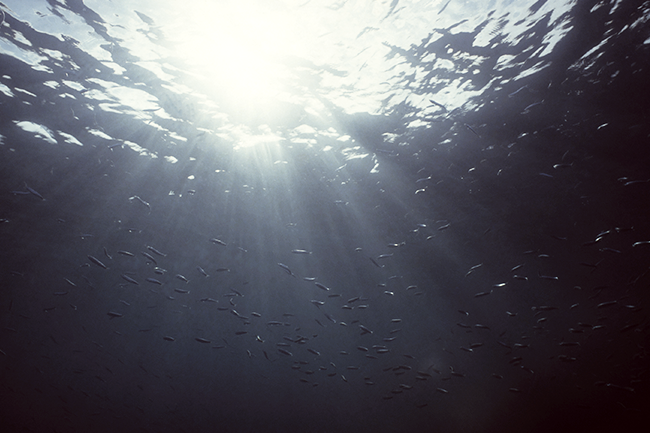Floods, droughts and rising sea levels are just some of the environmental impacts of climate change facing Africa. A report by SciDev.Net states that it is difficult for humans to decipher changes in the ocean’s physical processes such as the circular currents of water (also known as eddies) that move deep water nutrients to the surface. Their overall effect on the Southern Ocean and the Earth’s changing climate is barely understood.
However, with the help of undersea robotic gliders – deployed from the SA Agulhas II last year – researchers from the Southern Ocean Carbon and Climate Observatory can now study the currents’ impacts on carbon dioxide exchange between the atmosphere and ocean. The growth of phytoplankton – microscopic algae that live on the ocean’s surface – will also be studied.
There are nine robotic gliders in total. Four surface wave gliders ride the ocean surface measuring CO2 and acidity, while five profiling gliders can dive to a maximum depth of 1 km below the ocean’s surface.
26 January 2016
Image: Gallo/GettyImages


